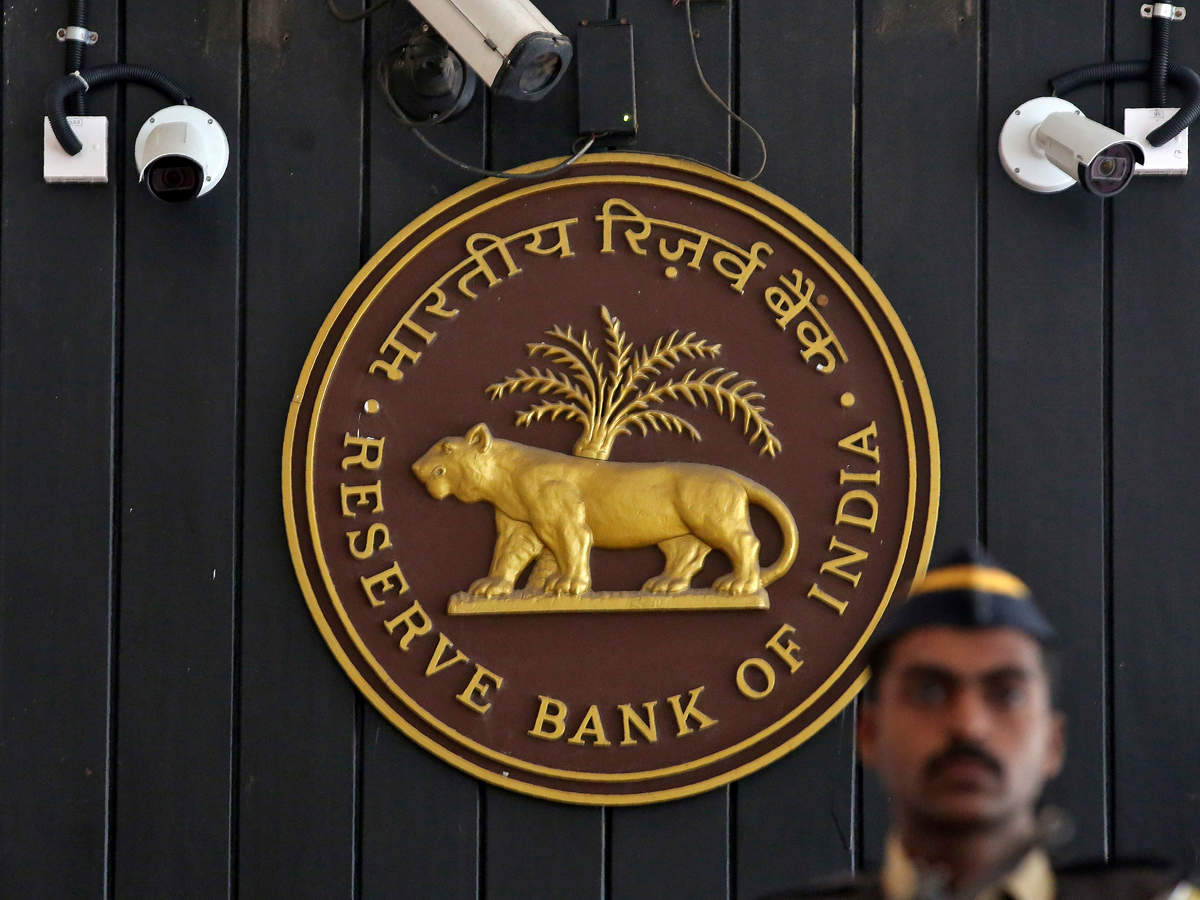INSUBCONTINENT EXCLUSIVE:
January 12, 2005, is a day to forget in the history of Reserve Bank of India Governor–Finance Minister relationship
A call from Governor’s office late in evening to some reporters suggested he would make a statement, barely two hours after a
thought-provoking speech.
A few minutes after reporters assembled, the Governor walked in with a piece of paper and read out an amendment to
the speech he made earlier in the day and walked back to his suite without even looking up.
The usually jovial Dr
YV Reddy was grim, thanks to a direction from Finance Minister P Chidambaram to retract the reference in his speech to Tobin Tax, a levy
intended to temper foreign exchange inflows.
Those were the days of problem of plenty
The government was happy to receive as much US dollars investors brought in, but the central bank was worried about overheating that would
destabilise the economy.
The Governor amending a speech was an unprecedented event but so was a monetary authority that guards its
independence, suggesting a fiscal solution, trespassing on the autonomy of the other.
But that’s how the government and the central bank
play the games.
Fast forward
Debate about the latest round of RBI-government tussle is raging as to who won and who lost
The crux of the discussions in the cocktail
circuit is about Deputy Governor Viral Acharya’s speech that highlighted (not compared India with) the consequences Argentina had to face
for stepping on the toes of the central bank.
Just when the RBI appeared to be a tamed and reclusive tiger, the speech was a bolt from the
Acharya’s ballistic approach had a build-up just like Dr
Reddy’s 13 years ago.
Foreign exchange flows and the itching to use it for funding infrastructure and the approach to Participatory Notes
used by foreign institutional investors set the stage for Reddy’s speech then
The demand for special window for nonbanking finance companies facing liquidity squeeze and the subsequent suffering of the small and medium
enterprises, and the waiver from ‘defaulter’ tag for those firms which miss payments were the red rag now.
Nothing wrong in governments
seeking more credit and faster growth because that is what they are supposed to deliver
The RBI is a partner but at the same time has to guard against the use of steroids which was done between 2008 and 2014 that Finance
Minister Arun Jaitley often highlights.
The issue of reserves comes rather down in the scheme of things since at least three committees have
examined it in the past and the debate has been kept boiling by former chief economic adviser Arvind Subramanian with a mention in his
Economic Survey a few years ago.
When the government did not get a breakthrough in any of these issues, someone decided to invoke the
untouched Section 7 of the RBI Act to write a letter seeking discussions on some of these issues
With the back to the wall, the solution was ‘offence is the best form of defence’.
Liquidity for NBFCs could worsen the imbalance
These firms borrowed for six months or one year and lent for 10-years or so to boost their profitability
That gave them the valuations higher than State Bank of India and ICICI Bank, and in some cases higher than HDFC Bank
That’s weird.
When investors realised, quite belatedly as they always do, the flaw in the model, they sold off, shrinking equity
Then came the demand for bailouts which the RBI declined, but the government, knowingly or unknowingly, bought
This will be discussed in the next board meet
By then some adjustments would happen in the market though none knows whether it would be for better or worse.
Struggling SMEs and banks
under the Prompt Corrective Action would get a lease of life under the suggestions of the board with final touches from the RBI
A committee would examine the transfer of reserves issue and the role of the board has been kept for a future date.
The answer to who won or
lost will depend on whom you ask
But the pragmatist seems to have appreciated the argument of the prudent, and the prudent has bought the merit in the pragmatist’s

